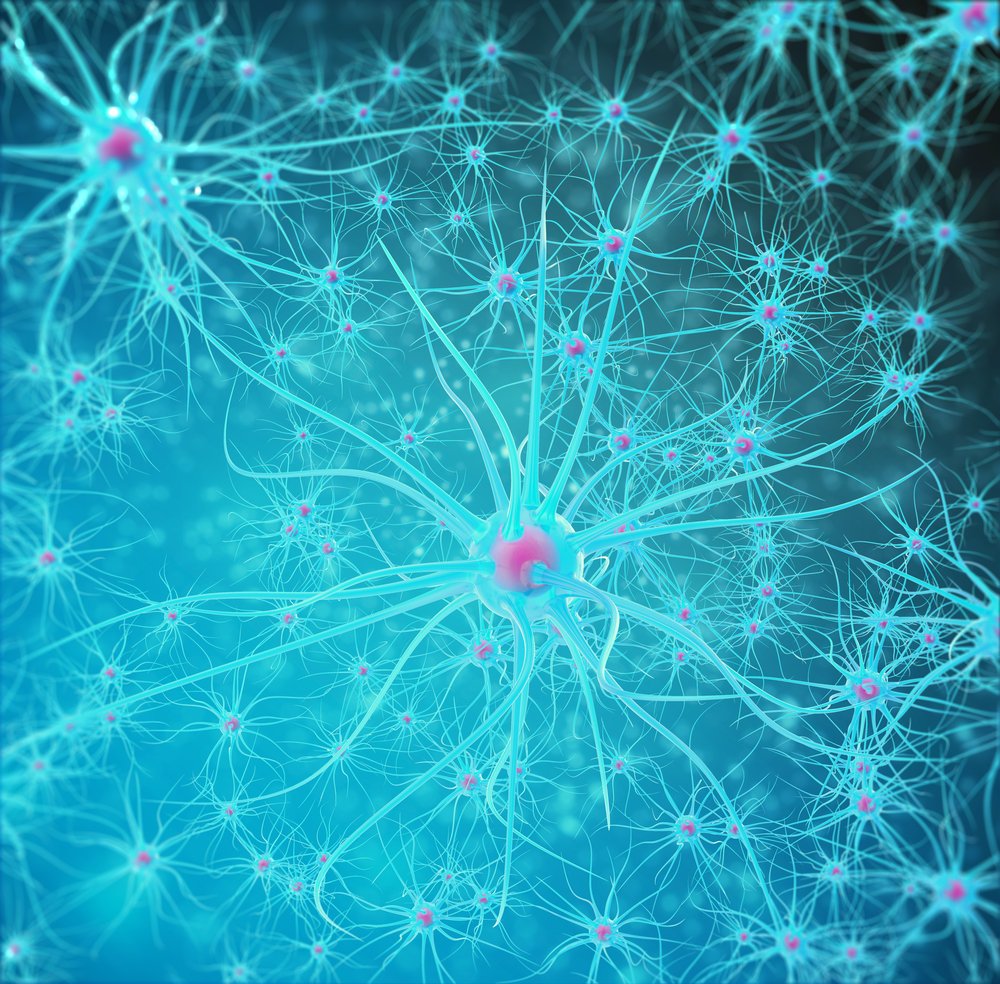Brain Cells Called Astrocytes Can Be Transformed into Dopamine-producing Neurons, Study Shows

Researchers have discovered a way to transform certain brain cells into the neurons that produce dopamine, a neurotransmitter whose loss is a hallmark of Parkinson’s disease.
The findings could pave the way for a therapy that stops the disease’s progression by replacing lost or damaged dopamine-producing, or dopaminergic, neurons.
The study, “Induction Of Functional Dopamine Neurons From Human Astrocytes In Vitro And Mouse Astrocytes In A Parkinson’s Disease Model,” was published in the journal Nature Biotechnology.
Today’s Parkinson’s treatments focus on restoring the activity of dopamine-producing neurons to manage symptoms, but this does not prevent disease progression. Scientists have considered transplanting neuron cells into the brain, but several obstacles have arisen to this idea.
Researchers led by Ernest Arenas of the Karolinska Institutet in Stockholm discovered that a type of brain cell called an astrocyte can produce dopaminergic neurons. Astrocytes are star-shaped cells whose function is to protect, feed and support neurons and their activity in the brain.
The team learned that it is possible to use a cocktail of molecules to instruct astrocytes to become dopaminergic neurons. The cocktail, which the team dubbed NeAL218, consists of the proteins NEUROD1, ASCL1 and LMX1A, the small molecule miR218.
Researchers used NeAL218 to trigger the transformation of human astrocytes into dopaminergic neurons in a lab environment. The efficiency of the process reached 16 percent, meaning that 16 percent of astrocytes became dopaminergic neurons. The neurons displayed the same activity as neurons in the brain, and the appropriate biomarkers, the team said.
Importantly, NeAL218 also transformed astrocytes into neurons in mice with Parkinson’s. The transformation corrected motor problems in the mice, including gait impairment.
Together, the results suggest that, rather than transplanting neurons into the brains of Parkinson’s patients, it might be better to activate certain genes to transform existing brain cells into dopaminergic neurons.
More studies are needed to determine whether this method could be used to trigger the selective production of striatal dopaminergic neurons. The striatum is the brain region affected by the loss of dopaminergic neurons in Parkinson’s.
“Our finding that adult mouse striatal astrocytes can be [transformed within the brain] into functional [dopaminergic neurons] that rescue some aspects of motor behavior in an animal model of Parkinson’s disease supports future development of this strategy as a treatment for the disease,” the researchers wrote. “The next steps to be taken toward achieving this goal include improving … efficiency, demonstrating the approach on human adult striatal astrocytes, developing systems to selectively target human striatal astrocytes in vivo, and ensuring safety and efficacy in humans.”






